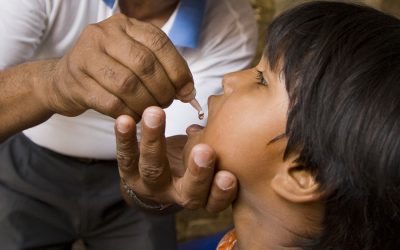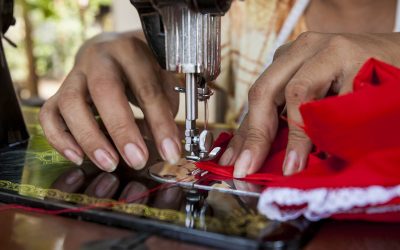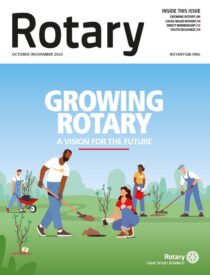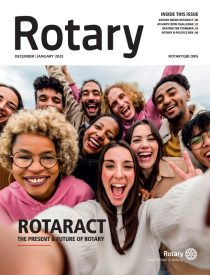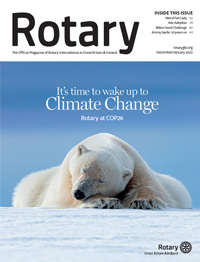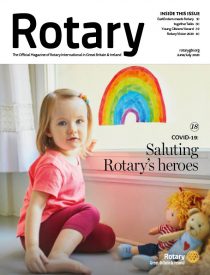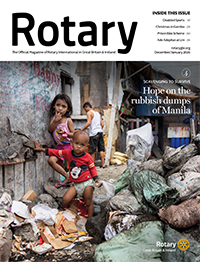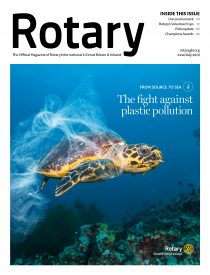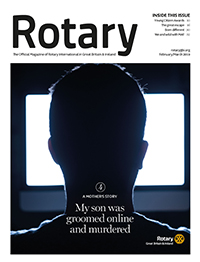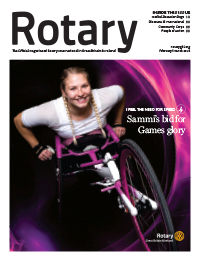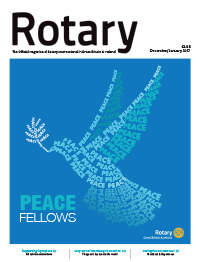Scientists at Royal Holloway, University of London, recently discovered that the Thames has a higher density of microplastics than several other major rivers in the world.
After taking water samples last summer, they found microbeads, glitter and other plastic fragments.
Crabs were found to have consumed small items of plastics.
Researchers were unsurprised that microplastics had been found in 80% of London’s tap water, estimating that around 94,000 microplastics per second flow down the river at Greenwich.
And with the density of microplastics in the Thames credited at 19.5 plastics per cubic metre, this is greater than levels recorded in the Rhine, the Danube, and lower levels of the Yangtze River in China.
Researchers were unsurprised that microplastics had been found in 80% of London’s tap water, estimating that around 94,000 microplastics per second flow down the river at Greenwich.”
EndPlasticSoup co-founder, Gert-Jan van Dommelen, remains unsurprised.
“The problem is that we have created so much plastic, and we have done that mainly during the past 15 years,” he said.
“We produce 1.2 million plastic bottles every minute and all of this plastic does not disappear automatically.
“About 45% is single use plastic and only 9% is recycled.
“We are dropping five million metric tons of plastic on nature, which is equivalent to 500,000 Eiffel Towers.”
The problem is that we have created so much plastic, and we have done that mainly during the past 15 years,”
The real problem is that plastic never goes away. It just gets smaller.
And that’s an issue, because in the end it becomes a microplastic, smaller than 5mm, which was what scientists found in the River Thames.
Plastic is in our plankton and microbes. Plankton plays a vital role in our marine ecosystem. However, such is the level of sea pollution, that they are riddled with plastic.
These marine drifters are responsible for between 40% to 60% carbon dioxide absorption on this planet. Latest figures suggest plankton are less functioning.
The oceans are our lungs, producing over 60% of the oxygen on this planet, but now creating less oxygen than they used to.


The real problem is that plastic never goes away. It just gets smaller.
Plankton also forms a start of the food chain. Humans eat fish, so therefore microplastics are being absorbed by our bodies. We eat about two kilos of plastic a year that way.
It remains a huge grey area about the precise, long-term health risks of plastics to the human body.
Some have suggested, without proper scientific research, of a possible link to Alzheimer’s.
What is undeniable is that it is not good news. But at the heart of the issue lies the use of single-use plastics.
Straws, plastic knives and forks and other disposables. These need to be eradicated with the same vigour which Rotary fought polio.
The European Union has said that single-use plastic may no longer be sold in shops from 2021.
Plankton also forms a start of the food chain. Humans eat fish, so therefore microplastics are being absorbed by our bodies. We eat about two kilos of plastic a year that way.”
In the Netherlands, they have adopted this policy since last July.
While the plastics industry is a powerful body, EndPlasticSoup, is arguing a partnership of understanding, and solutions is the way forward.
“These people don’t want to ruin the planet, they want a living, but they cannot change overnight,” insisted Gert-Jan, who believes the solution is in finding new, recyclable plastics.
“When humans work together, when we use the technologies and new ideas, when we realise the problem, we establish priorities and can really do a lot. Rotary is there to make it possible.
“With certain plastics, if we make them differently, you can recycle them and you can do it much smarter.
It is with this spirit of optimism that Gert-Jan remains confident that the EndPlasticSoup goal of 2050 can be achieved.
Last July, after 36 years of working for computer giant IBM, he quit his job to focus on Rotary and other charitable projects.
This is shocking- we need action on micro-plastics and a deposit return scheme for drinks containers now! BBC News – River Thames 'severely polluted with plastic' https://t.co/2HyuhY46mZ
— CPRE London (@CPRELondon) July 21, 2020
Rotary can make a difference with the environmental debate.
“We are people of action, but not activists,” he insisted. “We have relationships and networks with people, so we can really accelerate solutions.
“Rotary is seen as an independent organisation with ethics which really wants good for mankind.”
As for the political hot potato of whether Rotary and politics should entwine, the Dutch businessman points out that although Rotarians don’t choose parties, they need Governments and authorities to influence change.
He added: “We think Rotary can make a difference and our ambition is that by no more or no less than 2050 we will have solved this problem.
“We need to prevent and solve the problem and we can do that all together as Rotary, Rotaract and Interact clubs.
“We are also looking at alliances with industry, with governments and volunteers who will see Rotary in a different way.”
FACTFLIE – Plastic
- Every year, we produce 1275 kilos of plastic per person in the world.
- In 2019 we produced 1.2 million plastic bottles per minute.
- About 500 billion plastic bags are used worldwide. More than one million bags are used every minute.
- A plastic bag has an average working life of 15 minutes.
- World plastic production has increased exponentially from 2.1 million tonnes in 1950, to 147 million in 1993, to 406 million by 2015.
- Estimates for how long plastic endures range from 450 years to forever.
- My Little Plastic Footprint is an app which helps you reduce your plastic consumption by going on a plastic diet. www.mylittleplasticfootprint.org
Sources | Plastic Oceans, End PlasticSoup, National Geographic.

